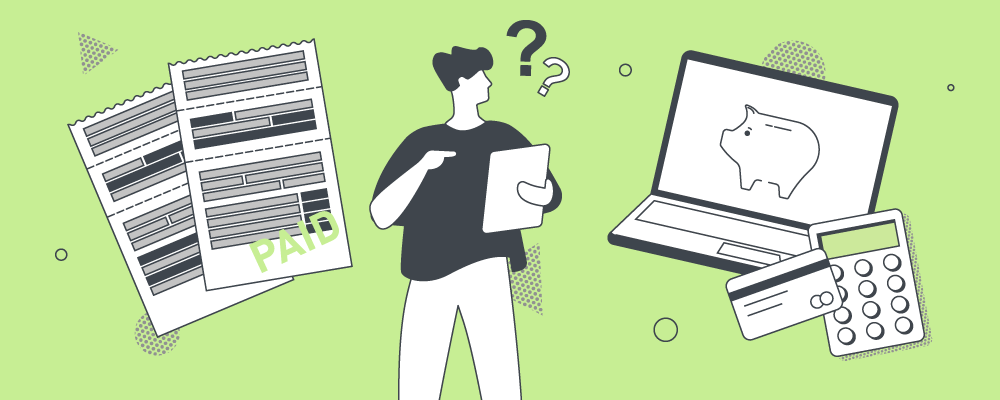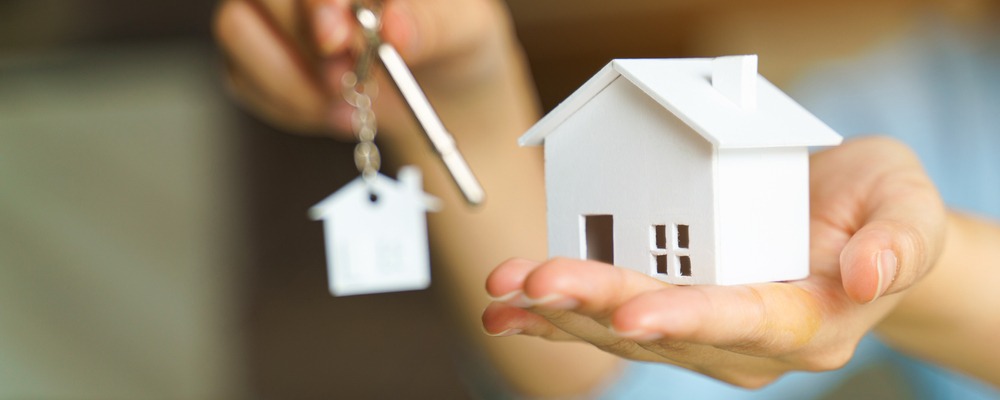
Key Takeaways
- Owning the freehold means you own both the property and the land it stands on indefinitely.
- Houses are typically sold as freehold properties.
- As a leaseholder, you own the property but not the land it’s built on.
- Ownership is for a set period, which can be years, decades, or centuries, depending on the lease length.
- Most flats are sold as leasehold properties, with the freehold held by the builder or another entity.
In short:
Leasehold
You effectively own the property, but not the land it’s built on.
Freehold
You’re the sole owner of the building and the land it sits on forever – or at least until you decide to sell it.

What is a freehold?
Freehold pros and cons
| Freehold pros | Freehold cons |
| Full ownership of the house and land. |
Usually more expensive. |
| No ground rent, admin fees or service charges. |
It can be challenging to find freehold flats. |
| Freedom to decorate your home as you wish. |
Responsibility for the upkeep of the building. |
| No concerns about the lease running out. |

What is a leasehold?
Leasehold pros and cons
| Leasehold pros | Leasehold cons |
| Usually cheaper than freehold. |
Shared ownership of the property and land. |
| No costs for maintenance or repairs. |
Ground rent and service charges are paid on top of your mortgage. |
| No responsibility for maintaining communal areas. |
Written permission is needed to make changes to your home. |
| No responsibility for paying building insurance. |
Written permission is required to keep pets or run your business from your home. |
| Potential difficulty selling a leasehold with a shorter lease. |
Leasehold FAQs
What is a good lease length?
How do I determine how many years are left on the lease?
Can I extend my lease?

What are the main differences between a leasehold and a freehold?
Getting your head around leasehold and freehold can be tricky, so to recap here are the top three considerations:
1. The length of ownership
If you opt for a freehold, your property will be yours until you sell it. A leasehold property is yours until the lease period expires. It then belongs to the freeholder again.
2. Responsibility for major problems
With a freehold property, you’ll be responsible for fixing any big problems such as subsidence or storm damage. With a leasehold, many major problems will be the freeholder’s or property management company’s responsibility – but you may still have to contribute financially depending on the terms of your lease.
3. Ease of getting a mortgage
It’s often easier to get a freehold mortgage, as it’s a standard mortgage type. Leasehold mortgages are a bit more specialist and can be trickier to find.
Discover our energy-efficient properties across the UK, including 4 bedroom and 5 bedroom homes.
Call our Sales Advisers at your nearest development to find the right offer and property for you.


